Which phone users are the smartest?
According to a peer-reviewed scientific study online intelligence test by renowned university British betting company Ladbrokes, the answer is iPhone owners.
![Intelligence Test Shows The iPhone Is The Smart Phone For Smart People [Report] Never mind Touch ID, this could be the best way of unlocking future phones.](https://www.cultofmac.com/wp-content/uploads/2012/06/brain-scan_530.jpg)
Which phone users are the smartest?
According to a peer-reviewed scientific study online intelligence test by renowned university British betting company Ladbrokes, the answer is iPhone owners.
![Last Chance! Get The Merry Mac Bundle: 8 Of The Most Advanced Media Apps To Make Your Mac Bump [Deals] CoM - MerryMacBundle](https://www.cultofmac.com/wp-content/uploads/2013/12/CoM-MerryMacBundle.jpg)
If you’ve looking for a great sounding deal during the holidays, then with no further. The Merry Mac Bundle: Beats + Media Edition features 8 killer apps that will make your Mac handle allsorts of media like a pro. And the best part? Cult of Mac Deals has it for 95% off the regular price – only $34.99 – during this very limited time offer.

Apple denies working with the National Security Agency to create a backdoor into the iPhone and other products that would give the spy agency access to users’ data.
The denial is a response to leaked NSA documents published yesterday from 2008 that detail a backdoor into the iPhone called “DROPOUTJEEP.” The spyware is able to intercept data like the iPhone’s SMS messages, contacts, location, and more after being installed.
![The Best iOS Apps Of 2013 [Roundup] Best-Apps-2013](https://www.cultofmac.com/wp-content/uploads/2013/12/Best-Apps-2013.jpg)
As we approach the end of 2013, it’s time to take a look back and pay some recognition to some of the finest apps that have hit the App Store over the past 12 months.
It’s not easy to build a successful iOS app anymore — with over 1 million of them in the App Store, competition has never been tougher — but some developers have proven it’s still possible to stand out among the crowd with titles that are either completely unique, or just far greater than their rivals.
We’ve picked 15 that you really shouldn’t miss.
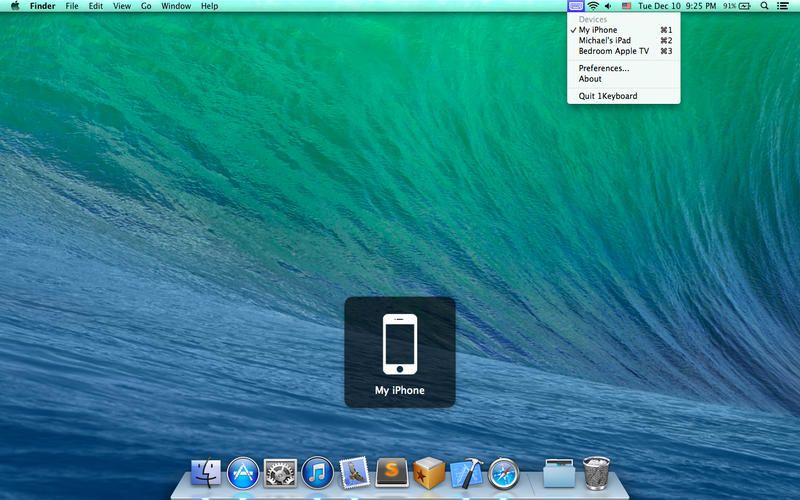
1Keyboard looks like a great way to avoid having to spend $100 on Logitech’s K811 Easy Switch keyboard. It’s an app that takes the input from your Mac’s keyboard and sends it to the iDevice of you choice, and it costs exactly $0.
![No One Giving An iPhone For Christmas Has Ever Been More Awesome Than This Guy [Humor] 08 - mPdukrr](https://www.cultofmac.com/wp-content/uploads/2013/12/08-mPdukrr.jpg)
Many of us got or received iPhones for Christmas, and I’m guessing you thought you were pretty smart, putting it in a gift bag to disguise the telltale shape. But you’ve got nothing on this guy, who fooled someone into thinking that the iPhone they were actually unwrapping was just a crappy old chair. Check out how they did it, after the jump.
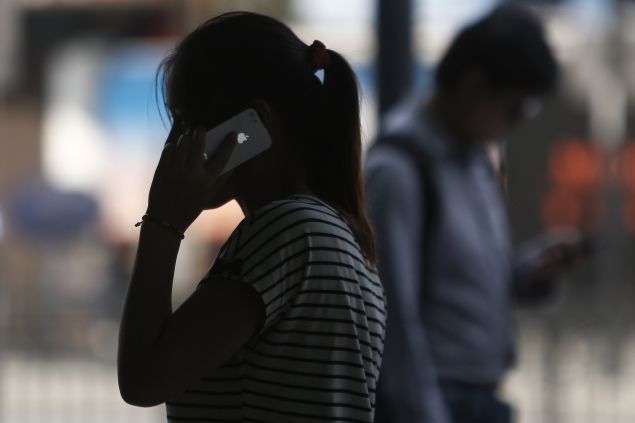
The U.S. National Security Agency has spyware designed to grant backdoor access to the iPhone specifically, according to leaked documents shared by high-profile security researcher Jacob Appelbaum and German publication Der Spiegel.
While speaking at the Chaos Communication Congress in Germany, Appelbaum shared his knowledge of “DROPOUTJEEP,” a top-secret NSA program that can intercept an iPhone’s SMS messages, contacts, location, camera, and microphone.
![Ending Soon: Dragon Dictate For Mac 3 [Deals] redesign_mainframe_630x473-2](https://www.cultofmac.com/wp-content/uploads/2013/11/redesign_mainframe_630x473-21.jpg)
Dragon Dictate for Mac 3 offers incredibly accurate speech-to-text and allows you to run your favorite desktop applications by voice. It’s the #1 voice recognition software on the market for good reason, and it’s available for 50% off – just $99.99 – from Cult of Mac Deals during this limited time offer.
This software solution offer far more than speech-to-text. With it you can create and edit documents, manage email, surf the Web, update social networks, and more – quickly, easily, and accurately – all by voice. Just read your text aloud and watch the magic appear before your eyes right on your computer screen.

Love iOS 7, but don’t have a device powerful enough to rock it? Good news — Whited00r, the custom firmware for older iOS Devices that adds many of the features of newer versions of Apple’s mobile operating system — has just been updated to version 7, and it brings a lot of iOS 7’s look and feel along with it.
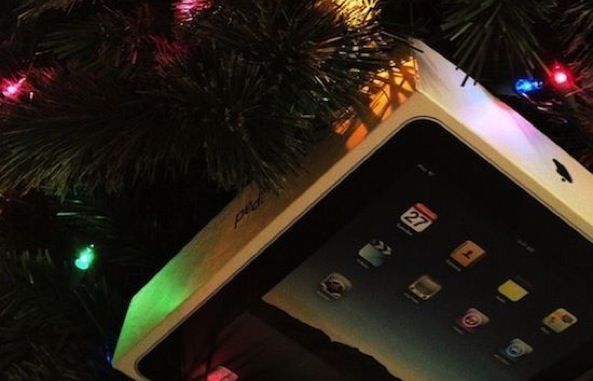
Remember when Tim Cook said it was going to be an iPad Christmas?
According to the latest analytics data from research group Flurry, it looks like he was spot-on.
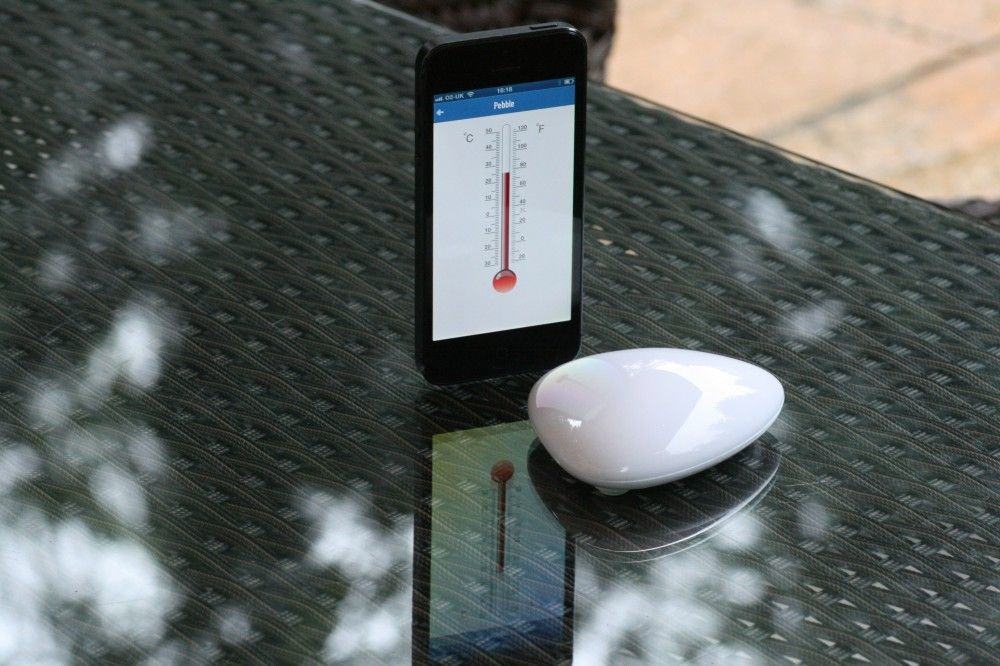
No, don’t worry: it’s not another terrible mouse design from Apple. This is the Tempo from UK-based Blue Maestro, and it’s a smart Bluetooth thermometer disguised as a pebble.

Apple is increasingly shipping hardware products with specific features that are crazy overkill — far more power than is necessary or even usable.
Here’s why I think that when it comes to some technology features, too much is just right.

One of the big problems with focusing on a broad metric like mobile platform market share is that it ignores some of the more important (and complex) questions about how these platforms are actually used.
For example, which customers are most valuable in terms of spending money?
![Bamboo AirDesk Turns Your Couch Into A Super-Comfy Office [Review] slate](https://www.cultofmac.com/wp-content/uploads/2013/12/slate.gif)
Mobile AirDesk by Slate
Category: Portable laptop desk
Works With: MacBook, iPad mini, iPhone
Price: $129.99
 Back when the Mobile AirDesk was just a Kickstarter gleam in the eye of design entrepreneur Nathan Mummert, Cult of Mac featured this project as one we were keeping our eyes on.
Back when the Mobile AirDesk was just a Kickstarter gleam in the eye of design entrepreneur Nathan Mummert, Cult of Mac featured this project as one we were keeping our eyes on.
Since then, the concept has been funded 5x over by eager future-owners — raising $110,000 in just 15 days — and gone into full scale production.
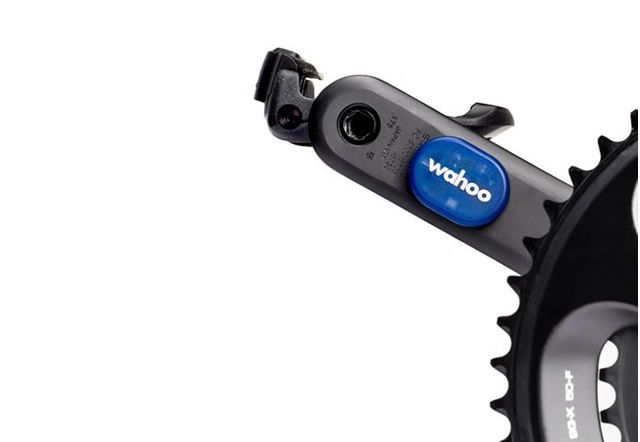
Wahoo has added yet another low-power Bluetooth sensor to its range of bike fitness gadgets. The RPM is a cadence sensor which works without magnets, or bulky attachments on the frame, and talks direct to compatible apps on your iPhone.
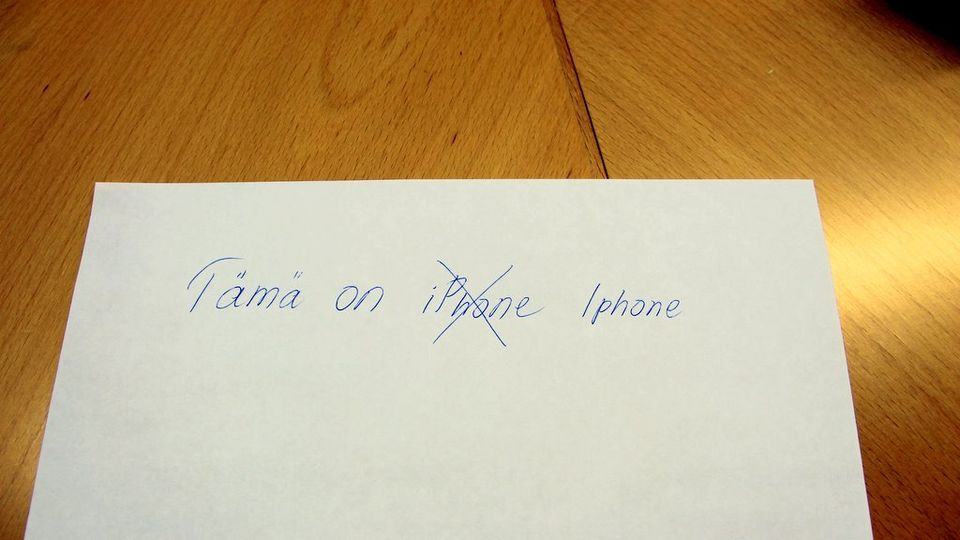
If you thought that “Think Different” was the last time Apple was going to come under fire from the grammar police, think again!
Finland’s linguistic authorities, the Institute for the Languages of Finland — which rules on correct spellings, loan words and usages as the Finnish, Swedish, Romani and Sami languages develop — has decreed that the correct Finnish usage of iPhone is not iPhone, but rather Iphone or I-phone.
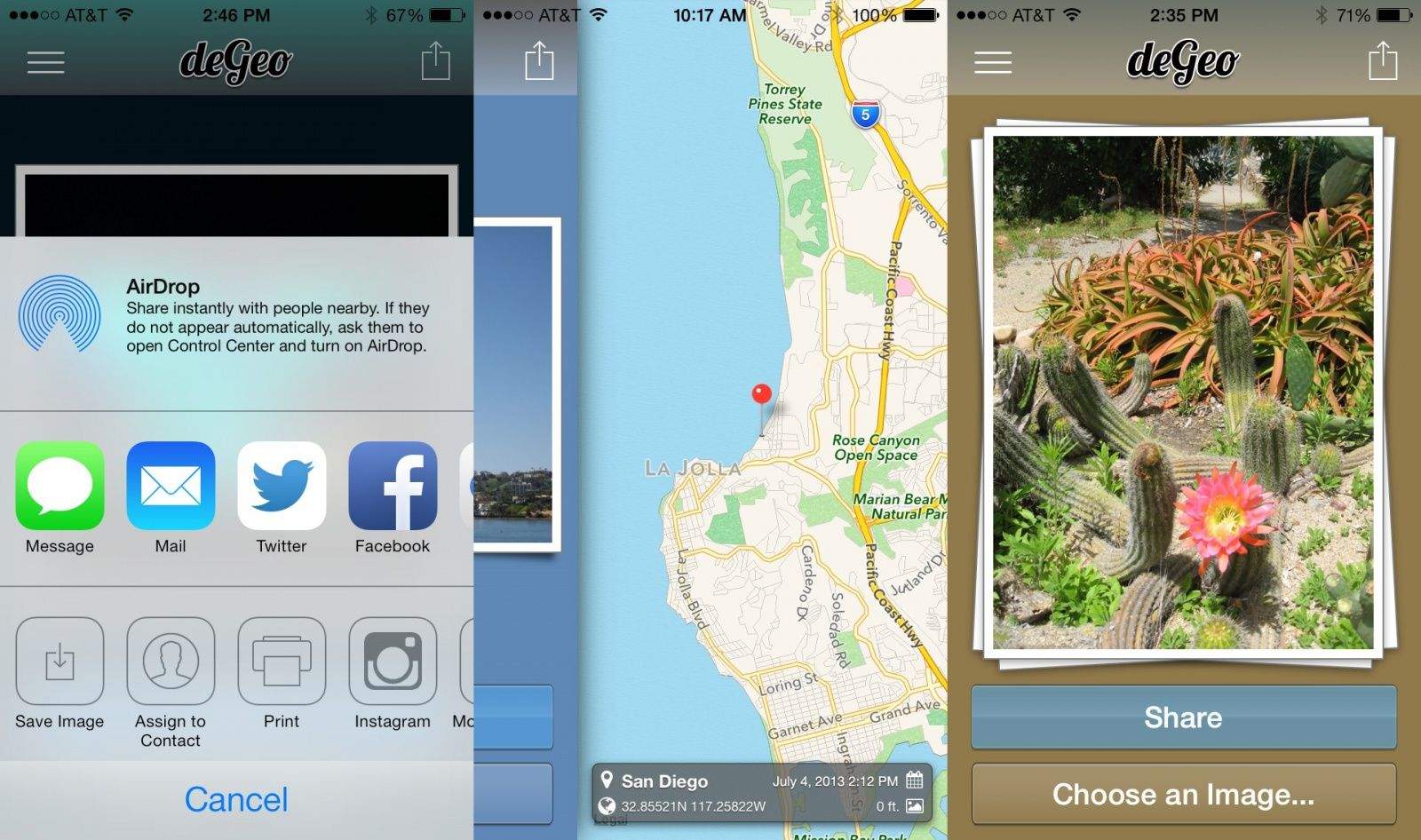
DeGeo is an app that removes the location data from your photos before sharing them, while leaving non-location metadata intact. As someone who switches off the location option in Instagram whenever I’m at my home or a friend’s home, I’m totally into this $1 data stripper.
![Larger iPads and iPhones Coming In 2014 [Rumor] iphone_2_retina_ipad_maxi-600x300](https://www.cultofmac.com/wp-content/uploads/2013/09/iphone_2_retina_ipad_maxi-600x300.jpg)
Call it a stocking filler if you want, but Digitimes has one last (?) rumor to take us out of 2013: that Apple is planning to release a 12.9-inch tablet in October 2014, aimed at the North American educational market.
The rumors allegedly come from “sources from the upstream supply chain”.
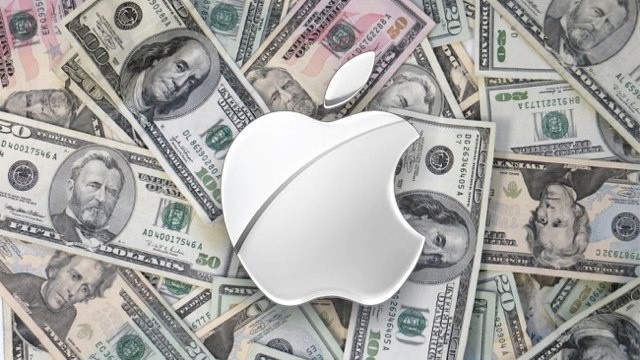
Americans reportedly spend more than $5 billion upgrading their iPhones — or switching to Apple from a competing brand — each year.
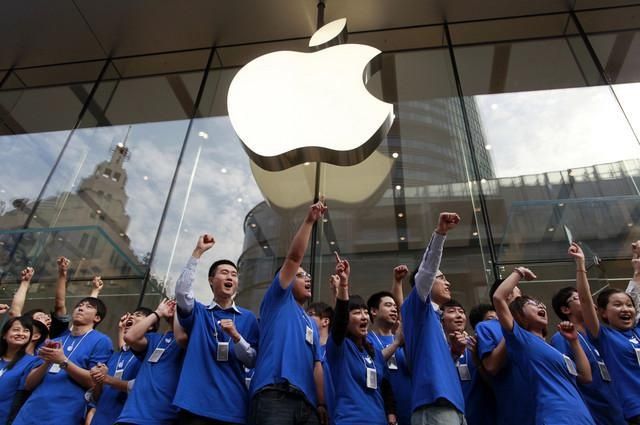
Apple investors got their Christmas wish: The China Mobile deal, which could add billions of dollars to Apple’s revenue, has finally materialized.
The iPhone will be available to China Mobile customers beginning January 17, Apple announced Sunday, with pricing and availability to be released at a later date.
![Travel Worry-Free With The Backup Battery Bundle [Deals] redesign_mainframe_630x473_(2)](https://www.cultofmac.com/wp-content/uploads/2013/12/redesign_mainframe_630x473_2.jpg)
I like to travel light, bringing as few chargers and cables as possible. This Cult of Mac Deals offer is one I also like – because it helps me in my quest to travel as light as possible.
The Backup Battery Bundle features a high-end portable battery and a car charger that make for the ideal package for someone like me. And the price is right as well: just $59.99.
Please note: This offer is only available to customers in the continental United States. The sale price includes shipping and all sales are final.
This bundle includes Gum™, an ultra-compact (thumb-sized), super-stylish backup battery for smartphones and USB devices. Clad in high-quality aluminum, the Gum has enough juice to recharge an iPhone. recharge via micro USB, three green LEDs showing the remaining power.
Here are the top features fo this device:

Apple, Google and Microsoft all want to be your phone company. But with both competitors’ communication offerings in disarray, Apple has an opportunity to offer the best, most elegant and integrated communication platform.
All they have to do is keep moving in their current direction, make a couple of key rumors come true and keep Steve Jobs’ promise about FaceTime.
![Tenorshare Video Converter: Convert, Edit And Enjoy Videos Anywhere [Deals] redesign_tenoshare_mainframe](https://www.cultofmac.com/wp-content/uploads/2013/12/redesign_tenoshare_mainframe.jpg)
If converting video files is for you, then this Cult of Mac Deals offer is for you…and all for the price of a movie ticket.
Tenorshare Video Converter for Mac is the all-in-one and fastest video converter software for Mac users. It supports more than 100 video and audio formats conversion, and the output video can be played on QuickTime Player, iMovie, iPhone, iPad, and many more platforms. And now you can get Tenorshare for just $9.99 – a savings of 83%!

The famous Square Enix tax, defined as the premium price the Japanese video game company has always charged for its ports of classic and new RPG games on the iTunes App Store, seems to be up–for a while, at least.
We’re talking huge discounts, like recently released Deus Ex: The Fall, originally debuting at seven bucks, now only $0.99, and The World Ends With You (perhaps my favorite Square Enix game of all time) at half the regular $20 price.
How about Final Fantasy I and Final Fantasy II, classics in the role playing game genre, at half off, each going for $3.99 on the App Store? There are eight other Final Fantasy titles on sale, as well. Yeah, I thought you’d like that.
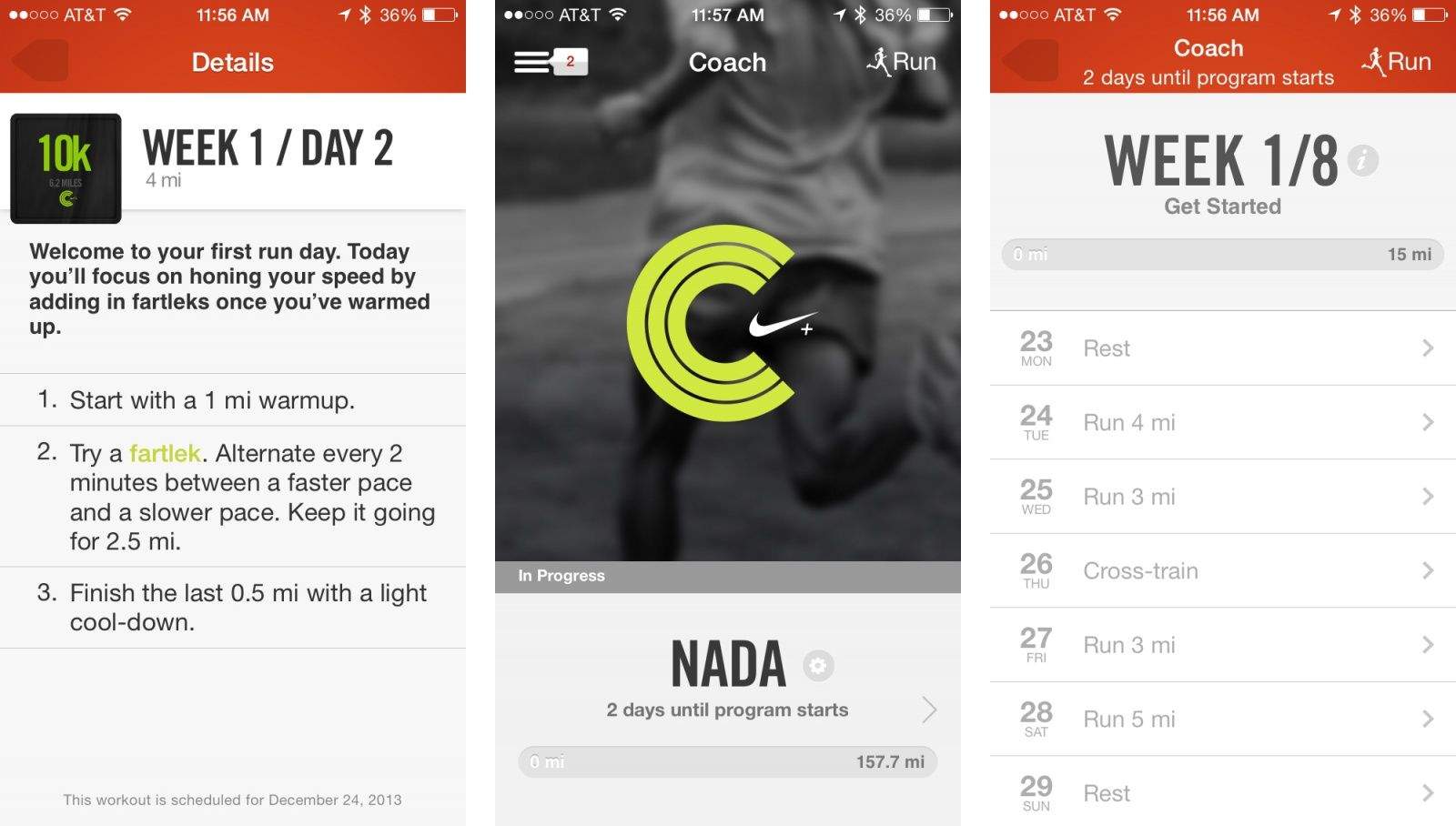
New Years resolutions are just around the corner and if running if your go-to method for shedding the holiday pounds, Nike+ just added a coaching feature to its running app that promises to whip you into shape.
The free app allows users to create running goals like taking on your first 5k, 10k, half-marathon, or marathon, and then lays out a running regiment for you up until the big day of the race. Nike+ Coach trains users by mixing in various distances and running paces throughout you jog and can setup running reminds for you to help get you off the couch.
Here’s what’s new: